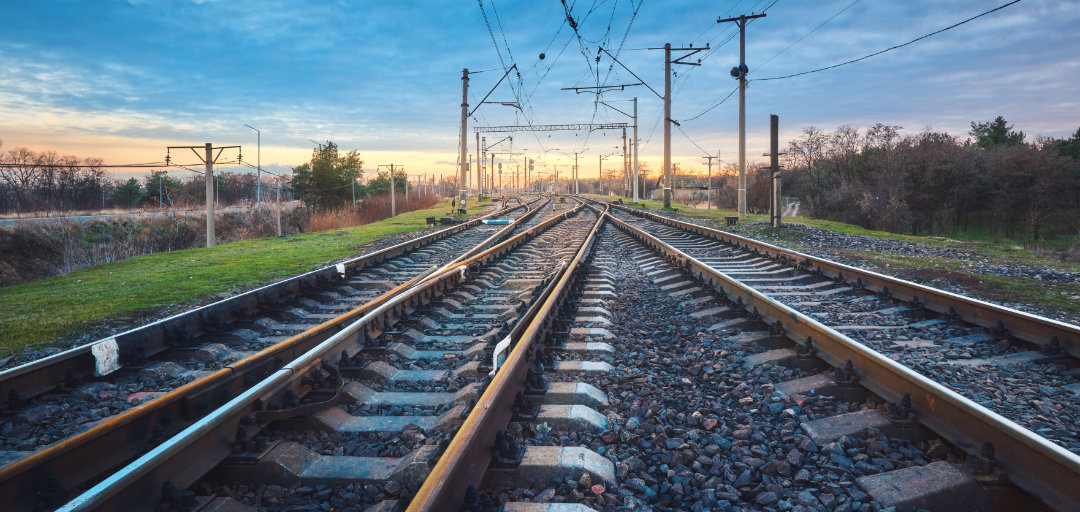In what use cases can Radius help to improve railway safety? Article 1: Switches
July 24, 2023
Radius aims to approach the railway maintenance challenge. Currently, there is no optimal solution to inspect, monitor and maintain railway signalling assets. Radius will design, develop, test, and demonstrate a complete monitoring and maintenance system using unmanned aerial systems (UAS).
But what specific actions can Radius benefit? Through a series of articles, we will review the most relevant use cases. The first one is about Switches.
A Switch is a device that allows trains to change from one track to another. Their correct operation is vital for rail traffic to function perfectly, thus avoiding incidents such as delays or, in more serious cases, accidents. For this reason, systems to verify its correct operation are key.
At this point, Radius can help improve the way checks are performed. Operators can inspect the asset using the real-time video supplied by the drone, which can provide 3D models of the scene by using technologies such as LIDAR, SFM, etc. Such 3D models can be further used for providing either quantitative or qualitative analysis. Operating time could also be measured using specific algorithms.
Some of the great benefits of using drones for inspecting switches are:
- Simplifying and maximizing the monitoring and maintenance activities by reducing the frequency of the interventions on wayside
- Reducing the impact on Railway system performance and providing a prognostic tool for predicting and diagnosing in advance interventions on a specific component
What kind of information can we obtain?
- Dry or contaminated slide chair: it is an incipient anomalous behaviour that evolves over time, caused by the increase in frictionally resistance due to loss of lubrication and the effects of slide chair deterioration. It may either cause/arise an out-of-control for the switch point or a technical discrepancy between the involved systems.
- Missing, wearing or loosen fastening elements: Is a phenomenon that occurs due to a natural wearing process, vibrations caused by the transit of trains and skill and sense of a maintenance worker during ordinary maintenance. These abnormal behaviours may cause/arise either an out-of-control for the switch point or a technical discrepancy between the involved system.
- Obstructive elements: It is a phenomenon that occurs without any prior indication. Depending on the position of the intrusive object with the respect to the actuation devices, this phenomenon may affect the smooth movement of some switch components, leading the switch to an out-of-control or a technical discrepancy between the involved systems.
- Breakage of stretcher bar join: This defect is characterised by a breakage of the stretcher bar. This can occur in one or a combination of areas depending on the design of the stretcher bar and frequency of use.
Apart from switches; lineside cabinets, level crossings, and digital models of the railway environment are other use cases benefited by the Radius Project.

